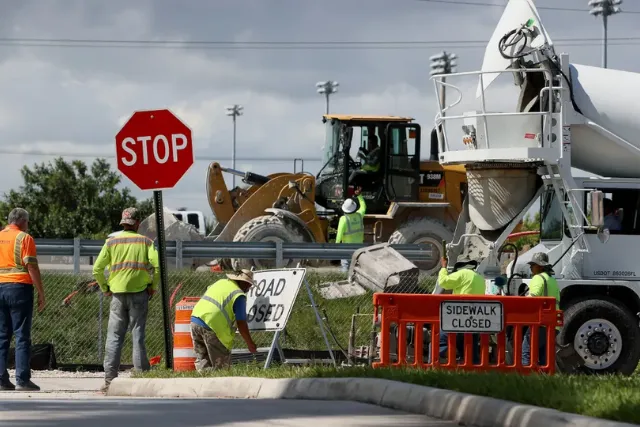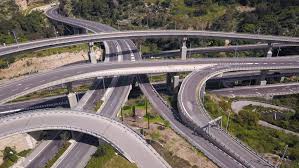
As the last of pandemic-era relief money dries up, states across the country are bracing for major shortfalls that could put the nation’s roads and bridges at risk.

A new analysis from The Pew Charitable Trusts, released in mid-July, shows that two dozen states together face an $86.3 billion funding gap over the next decade for basic road and bridge maintenance. The findings are drawn from states’ latest transportation asset management plans — many of which still rely on data from 2022.
“Many states and localities struggle to make the investments necessary to preserve and maintain their transportation systems,” the Pew report warns, adding that chronic underfunding can jeopardize road safety, slow economic growth and drive up future costs.
States spent an average of just 6.8% of their total budgets on transportation in fiscal year 2022, according to the National Association of State Budget Officers (NASBO). While the huge injection of federal money from the Coronavirus Aid, Relief, and Economic Security (CARES) Act and the American Rescue Plan Act provided short-term breathing room, Pew’s research suggests it wasn’t enough to close long-standing maintenance gaps. In fact, 33 states are now projected to miss their goals for funding or maintaining roads and bridges in target condition.
Pew found wide variation in how states track and report maintenance backlogs. Some states supplied full condition reports and cost estimates; others provided only partial projections. Twenty-six states reported only projections and funding gaps, not full asset condition details.
“Without such comprehensive information, policymakers may not be able to easily connect funding shortfalls with the inability to meet condition targets and understand the scale of the challenge,” the Pew report states.

The data that does exist reveals some stark realities on the ground:
Pew urges states to strengthen their data collection, standardize reporting, and focus on the National Highway System — critical routes that move commerce and connect communities — as well as other high-use non-NHS roads. Improved, consistent data “can provide critical information for policymaking,” the report says.
While pandemic stimulus has largely been spent, the 2021 Infrastructure Investment and Jobs Act (IIJA) authorized an unprecedented $1.2 trillion for infrastructure, including about $350 billion for federal highway programs. That historic funding bump helped states increase their average transportation share of total spending from 6.8% in 2022 to 8% in fiscal year 2024, according to NASBO.
Total state transportation spending also grew more than 21% in FY 2024 thanks to the federal boost and states’ own increased allocations. “In recent years states have prioritized transportation spending directing additional state funding to both maintaining roads and other infrastructure, as well as supporting new projects,” NASBO reported.
However, experts caution that the one-time surge won’t erase structural budget gaps or the reality of aging infrastructure. Many roads built in the mid-20th century are reaching the end of their design life just as climate impacts, heavier use, and deferred repairs make upkeep more urgent — and more expensive.
The big question now: Without another surge of federal help or new state revenue sources, can states keep the nation’s roads and bridges safe, reliable and ready for what’s next?
Originally reported by Dan Zukowski in Construction Dive.